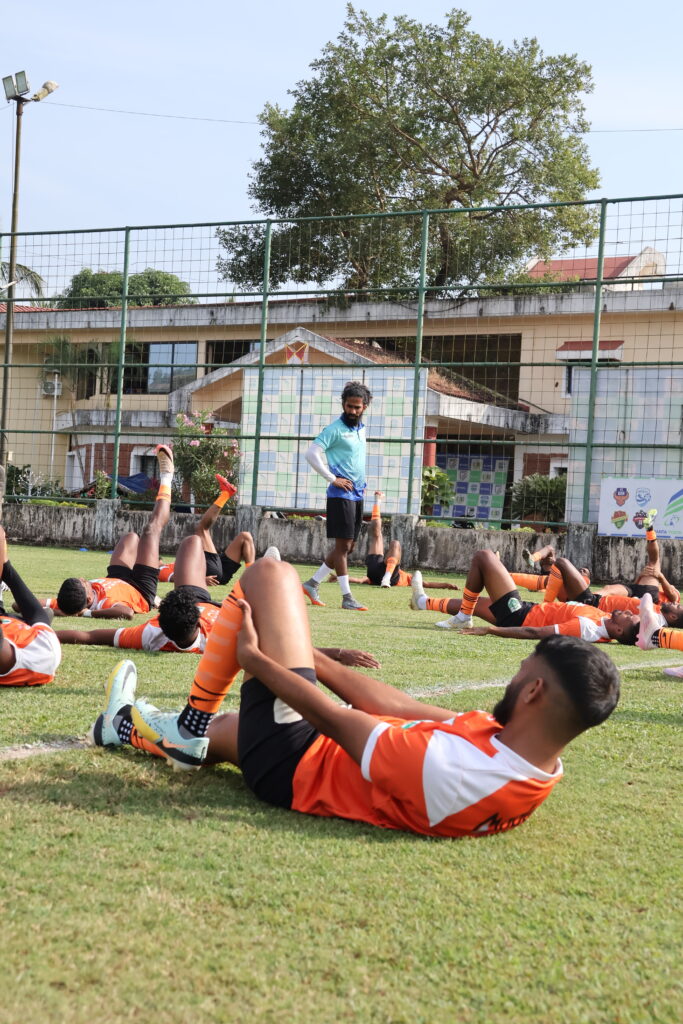With players of Sporting Clube de Goa standing high in the Goa Professional League and with the I-League 2 around the corner, the team is gearing up for a pivotal stretch. To stay ahead in these highly competitive tournaments, the players are undoubtedly refining their physical conditioning and performance strategies.
“Before a match, it’s about getting the players ready physically and mentally. We focus on their well-being and overall energy levels,” says Manish Malik, Strength and Conditioning Coach of Sporting Clube De Goa.
The science of training combines principles from physiology, biomechanics and psychology to optimize athletic performance. It focuses on how the body adapts to exercise, improves strength and skill and reduces injury risk. By using research-backed methods, training is tailored to individual goals, helping athletes perform at their best both physically and mentally.
In football, the integration of science and training has become pivotal in aligning players’ physical abilities with tactical goals. By understanding a player’s fitness levels, coaches can design strategies that capitalize on their strengths. “For instance, if we want to play a high-pressing game, we ensure players are physically prepared to sustain that intensity for long periods,” adds Manish.
Through targeted training, players are prepared for this sustained energy output, ensuring the team can perform at the highest level.
Key Physical and Physiological Focus Areas
Designed to challenge the body and mind, leading to gradual improvements in strength, endurance, speed and overall performance, training benefits greatly from biomechanics, which studies how forces interact with the body during movement, helping optimize performance and reduce injury by analyzing and refining movement patterns.
Pre-match preparation focuses on both physical and mental readiness. Players’ overall wellbeing, energy levels and confidence are key considerations. Pre-activation is essential to prepare muscles and joints while stimulating the nervous system. This ensures players step onto the field feeling sharp, strong and mentally ready to execute the team’s strategies.
Mental Conditioning in Training
In athletic performance, physical training is only part of the equation—mental conditioning plays an equally vital role. This conditioning is often the game-changer that helps athletes push through challenges and perform under pressure.
Mental conditioning in training is the process of developing mental resilience, focus and a positive mindset to complement physical training. This aspect which is just as crucial as physical preparation, helps players maintain focus and make quick, effective decisions under pressure. “We include drills that simulate high-pressure situations. It’s also about building confidence and a strong team bond”, says Manish.
Performance Tracking and Progress Assessment
Performance tracking and progress assessment are essential components of effective training, allowing athletes to measure their improvements over time and adjust their routines accordingly. To ensure optimal performance, teams use advanced tracking tools like GPS to monitor players’ movements—tracking sprint speeds, distances covered and workloads. This data not only aids in performance optimization but is also critical in injury prevention. By assessing these metrics, training can be adjusted to maximize results while avoiding overtraining.
Injury Prevention and Scientific Training Methods
Athletes often push their bodies to the limit in pursuit of improvement, but the fear of injury can stand in the way of progress.This is where injury prevention, through scientific training methods, plays a crucial role. Prehab exercises, strength-building techniques and managing training loads are essential to keep players fit throughout the season.
Prehab exercises are designed to prevent injuries by addressing weaknesses and imbalances, while strength-building techniques enhance muscle endurance and power to support the body during intense activity. Managing training loads ensures athletes don’t overtrain, giving their bodies enough time to recover.
The focus on eccentric training (lengthening muscles under load) improves muscle strength and injury prevention while regular assessments detect and address muscular imbalances before they lead to injuries. By taking these proactive steps, athletes can stay in peak condition, reduce injury risk and maintain performance throughout the season.
The Role of Recovery and Nutrition in Performance
Recovery and nutrition play an indispensable role in maintaining performance. Hydration, balanced meals and proper recovery methods such as ice baths and massages are prioritized to help players bounce back quickly. Pre-match diet fuels players for the game, while post-match nutrition focuses on muscle repair and replenishment. Supplements like “Fast N Up “ are also utilized to enhance recovery, ensuring players are refreshed and ready for the next challenge.
At Sporting Clube de Goa, the integration of scientific training methods plays a pivotal role in shaping tactical decisions on the field. Through detailed analysis of players’ performance data, biomechanics and recovery strategies, the team can refine techniques, enhance fitness levels, and understand how each player’s strengths align with specific tactical approaches.
The application of movement analysis, strength conditioning and mental conditioning helps coaches make data-driven decisions about formations, strategies and match preparation. The club is dedicated to ensuring that their tactics are not only strategically sound but also backed by the physical and mental readiness of their players. This approach empowers the team to stay ahead of the competition, adapting their game plan with precision and insight.


